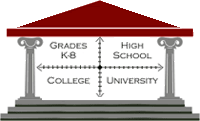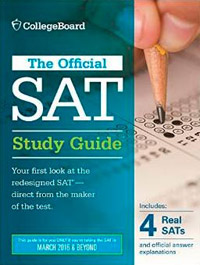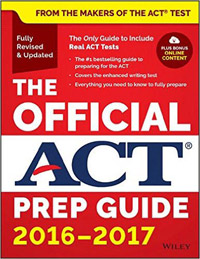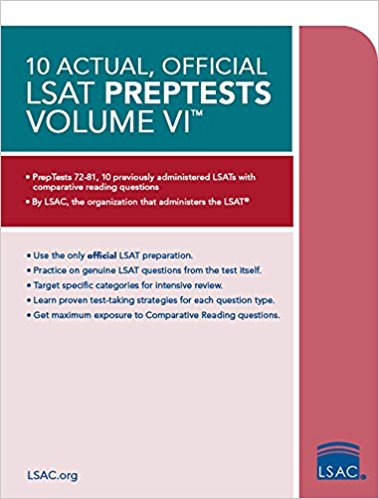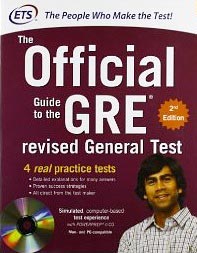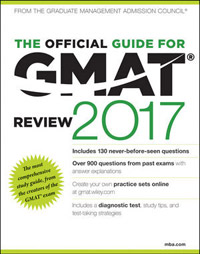|
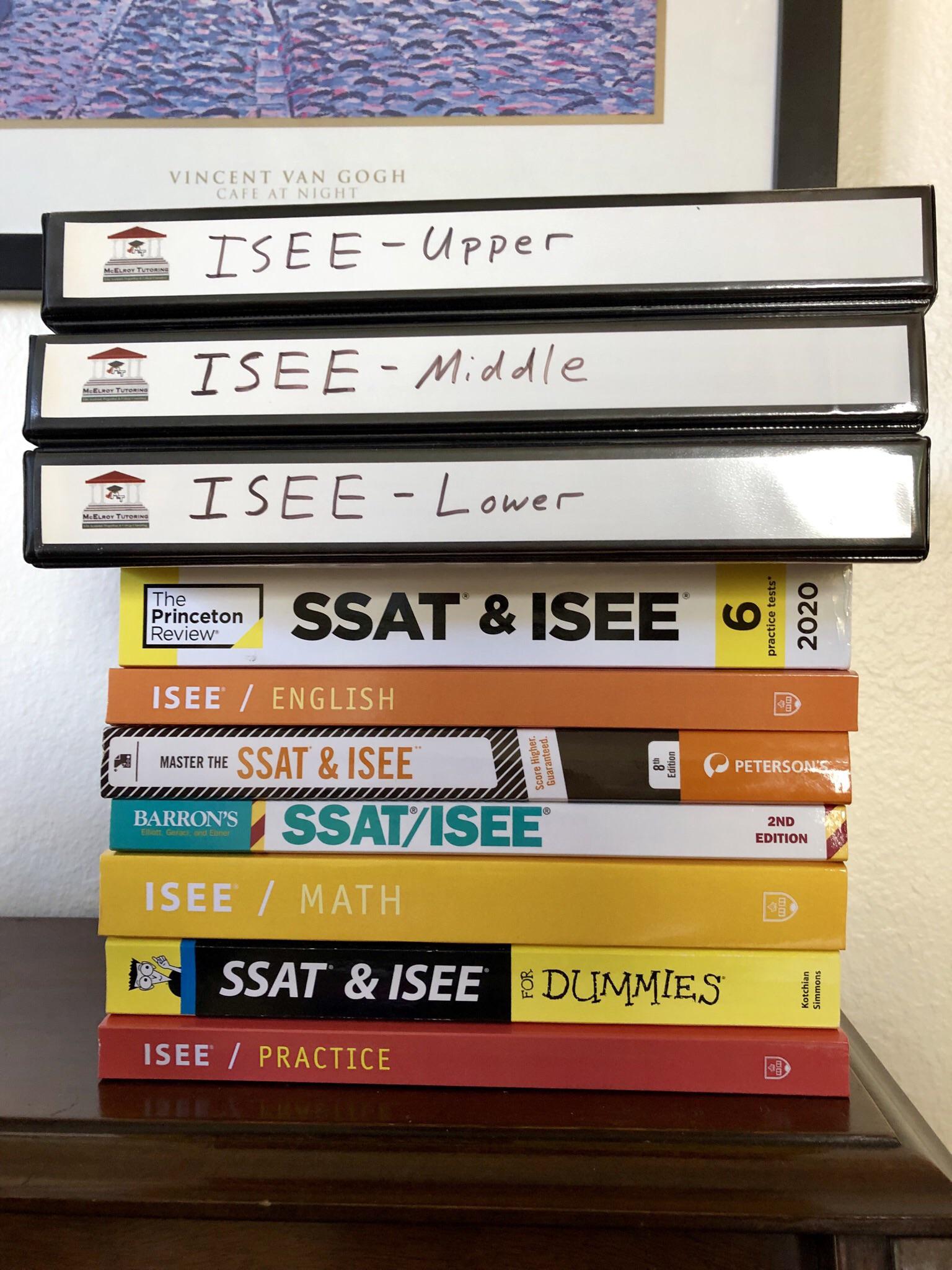
First, check out r/ISEEprep, a subreddit I created to easily share free ISEE information, as well as my (older) ISEE Informational document.
Then:
Step 1: Learn about the ISEE test from the test-maker at https://www.erblearn.org/parents/admissions-testing-isee.
Next you can take a sample online test / paper diagnostic test here. The ISEE takes around 3.5 hours total and should be taken all at once, if possible, or split into a maximum of two parts.
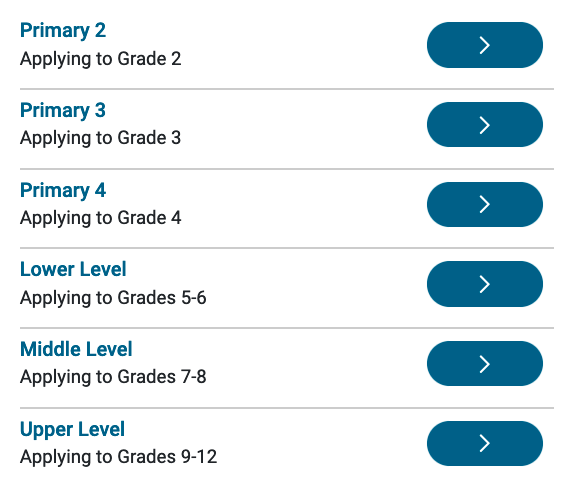
Need more practice tests? Unfortunately, the officials ERB test in the book / online is the only official ISEE currently available. So try the Test Innovators (paid) tests instead—the ISEEs contained within are not perfect imitations of the ISEE, but they are the best I've found on the market thus far. (Test Innovators has recently partnered with ERB to become the official preparation partner of the ISEE.)
Ivy Global has also released a set of free practice ISEEs that are close imitations of the real thing.
Step 2: Set a score goal. However, the scoring system on the ISEE is notoriously complicated—1-9 stanine scores cannot be reliably converted from scaled scores, because these scores are relative to other test-takers in the same grade who are applying to the same private schools. For this reason, I would suggest simply focusing on the percent of correctly answered questions.
Our general rule for estimating test-prep improvements is “halfway closer to perfection.” Most of our ISEE Improvements are somewhere around 25%, given time for sufficient preparation and depending on the student's starting score. The lower the starting score, the more potential for improvement, and vice-versa.
Step 3: Start working on the content of the test. That content includes:
Vocabulary - SAT Vocab Capacity - Free E-book (also works well for the ISEE)
Math and Reading - SSAT and ISEE For Dummies
Essay - PWN the SAT Essay Guide (also works well for the ISEE)
In addition, keep reading challenging material, such as the Top 100 Fiction and Top 100 Non-Fiction titles on Amazon. Also check out literary websites such as The Atlantic, The New Yorker, The Economist, and even Grantland for the sports fans out there.
Step 4: Consider scheduling some time with an ISEE Private Tutor. You may meet with your tutor for anywhere from 1 hour to 100 hours, but most students need at least 25 hours for a full preparation. If you are willing to go with the online tutoring option, then you are free to choose from any tutor nationwide. I recommend scheduling a 15-minute phone consultation with your tutor before the first lesson, to discuss timelines, scheduling, and the unique needs of the student(s).
Working with a private tutor is the very best way to maximize your score, for a variety of reasons:
1) You are given personalized attention, lessons tailored to fit your schedule, and the opportunity to discuss each question in-depth until you are fully satisfied.
2) Private tutors are usually the best instructors.
3) A skilled private tutor will serve as a friend and confidant, hold you accountable, give you specific assignments and work on any problem areas so that all you have to do is put in the effort. Simply talking about the questions with your tutor helps aid your understanding of each question and your test-taking strategies.
Homework and Practice: As a general rule, students should spend at least one hour on homework for every hour they spend with their tutor. The usual homework assignment is 2-3 sections from the book (approximately 1.5 hours), working from the front to the back. Students should time themselves, and mark the question where they run out of time, but continue working past the time limit if necessary. Full practice tests should also be taken periodically, at the discretion of the tutor. The goal is to eventually complete at least 4-5 practice ISEE practice tests. Many of my students have taken upwards of 15 practice ISEEs in total before they took the real thing.
How to grade tests and homework: Either don't grade your homework and just let your tutor grade it for you, or grade it yourself (the answers are in the back), but please do not indicate the correct answers anywhere on the test. Remember, when you take the ISEE, you do not know the answer to the questions in advance. As tutors, we must preserve this unsure feeling on behalf of our students, or much of the value of the question is lost. In the same vein, when a question is tried again, it is best not to know the correct answer, or one's previous answer. This is where the second, blank copy of the book comes in.
Step 5: Take at least 2-3 full practice tests in the weeks leading up to the real thing to make sure your score is where you need it to be.
Step 6: Take the test. Remember, there is no such thing as “passing” or “failing” the ISEE—your scores are relative to all the other students applying to the same school. The ISEE is a difficult test for its grade level, and you only need to answer about 75% of the questions correctly in order to have an excellent score.
Homework and Practice Tests - Rules, Tips and Suggestions (and the art of Blind Repetition)
The best way to prep for the ISEE is simple on its face, yet complex in its execution.
On the face, it’s simple: work through the practice tests. Take as many diagnostic tests as you can. Study lots of vocabulary. Practice whenever you get a chance, and vary between timed and untimed exercises.
However, the real question is how to work your way through the books and other materials.
The problem is that we often fool ourselves into thinking that we’ve resolved our issues with a question, because we have read the explanation and now understand why the correct answer is correct. In other words, because I now know that the answer is A, and can put together the reasons why after the fact, I can move on to other questions, in the belief that I’ve learned my lesson and will not make that mistake again. It’s often a mistaken belief, however.
The issue? Understanding the correct answer is not the same as being able to execute the question from scratch and find the correct answer. The same applies to vocab. Just because you’re looking at the definition of a word, and you know it’s meaning in the moment, doesn’t mean that you’ll be able to access it’s definition under real test conditions. As the saying goes, “everything is obvious once you know the answer.” Of course you think you know the meaning to a word in the moment that you’re reading the definition. It’s only when the answer is taken away, and we are given time to reset our short-term memory, that we can truly determine our level of understanding.
Another problem is that once we remember the answer to a question, it loses much of its utility. If I know that the answer is B before I start a question, then I am going to be biased toward that answer, which affects my response and makes it much different from the process of taking a test where the answers are undetermined.
Thus, we need to do things:
1) Blind Repetition. This means that when we repeat a question, we do not look at our previous work, or check the correct answer beforehand. This is much easier with a blank copy of the book at your disposal.
2) Wait until you’ve forgotten it. Don’t repeat questions whose answers you still remember. Complete enough new questions in the meantime so that when you return to a question, you can evaluate it impartially.
This is where the second, blank copy of the book will prove its worth. It prevents you from “spying on” your previous work, or the correct/incorrect answer, and serves as a way of truly telling whether you understand a question. Your tutor will also help keep you honest, of course.
- 2:1 ratio: You should spend at least two hours on homework for every one hour you spend with your tutor. Ideally, the ratio is closer to 3:1. That means, for example, that if you buy a 25-hour package, then you will be spending at least 75 hours on self-study, which of course adds up to 100 hours of preparation.
-Vary the length of time that you study and work on practice questions. Sometimes you might study for 2 hours, sometimes for 1 hour, sometimes for 30 minutes and maybe even just for 15. In addition, alternate between timed sections and untimed sections: working on questions untimed is a crucial, yet often overlooked, element of test prep. (However, even when the section is untimed, and you are not concentrating on the clock, you might want to passively monitor your pace by marking your start and end times.)
Good luck!
Regards,
Brian
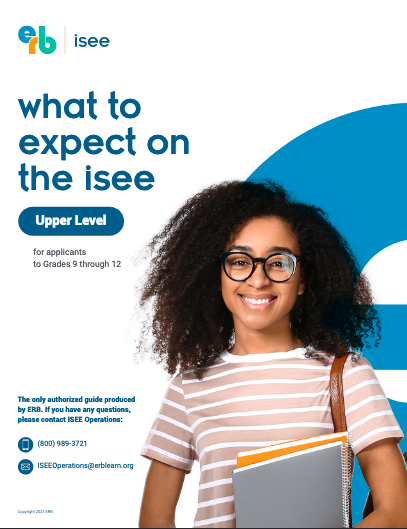

-----
copyright 2002-2025 Brian R. McElroy
Founder and President, McElroy Tutoring Inc.
email: mcelroy@post.harvard.edu
Toll-Free: 1-866-584-TUTOR (8886), x 4
Direct (Call or Text): 619-889-2935
www.McElroyTutoring.com
Back to Blog Home
|






